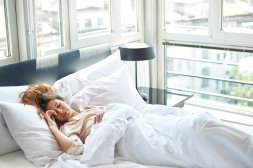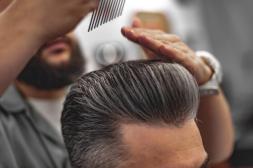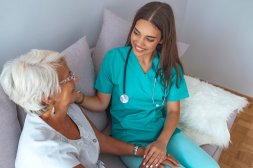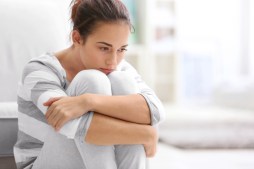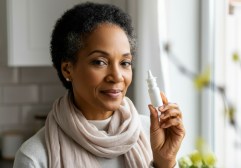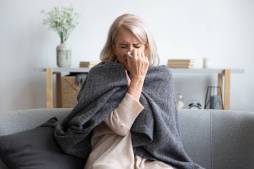Guidelines for Providing Effective At-Home Care After a Stroke

Recovering from a stroke involves comprehensive care that supports physical, emotional, and cognitive rehabilitation. Providing effective at-home care can contribute significantly to the recovery process and improve quality of life for stroke survivors. Understanding foundational guidelines helps caregivers create a supportive environment conducive to healing.
Creating a Safe Living Environment
Ensuring the home is free from hazards is essential to prevent falls or accidents during stroke recovery. This involves organizing living spaces to accommodate mobility limitations, installing necessary assistive devices, and maintaining clear pathways. A safe environment promotes independence while reducing risks associated with physical impairments.
Supporting Physical Rehabilitation
Physical rehabilitation is an integral part of stroke recovery and may continue well after hospital discharge. Encouraging consistent participation in prescribed exercises and physical activities helps improve strength, coordination, and mobility. Collaborating with healthcare professionals ensures that rehabilitation efforts align with individual needs and capabilities.
Promoting Emotional Well-being
Emotional health plays a significant role in overall recovery following a stroke. Caregivers should be attentive to signs of emotional distress or depression and provide compassionate support. Creating opportunities for social interaction and engaging in activities that foster positive emotions can aid psychological adjustment during this challenging period.
Managing Medication Adherence
Adhering to prescribed medication regimens is crucial for preventing complications and supporting recovery outcomes. Organizing medications effectively, understanding potential side effects, and monitoring adherence contribute to optimal treatment effectiveness. Coordination with healthcare providers ensures medications are managed safely within the home setting.
Encouraging Healthy Lifestyle Choices
Lifestyle modifications often accompany stroke recovery to reduce risk factors associated with future events. Encouraging balanced nutrition, adequate hydration, smoking cessation if applicable, and appropriate rest all support overall health maintenance. These habits complement medical treatments and rehabilitation efforts as part of comprehensive care.
Providing at-home care after a stroke encompasses multiple aspects aimed at fostering safety, promoting rehabilitation, supporting emotional health, managing medications responsibly, and encouraging healthy habits. By adhering to these guidelines thoughtfully and collaborating with healthcare professionals when needed, caregivers can contribute meaningfully to the ongoing recovery process.
This text was generated using a large language model, and select text has been reviewed and moderated for purposes such as readability.
